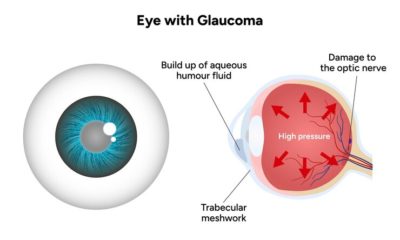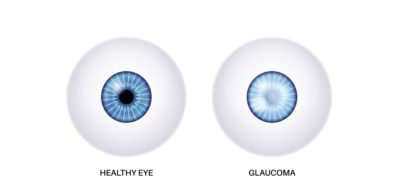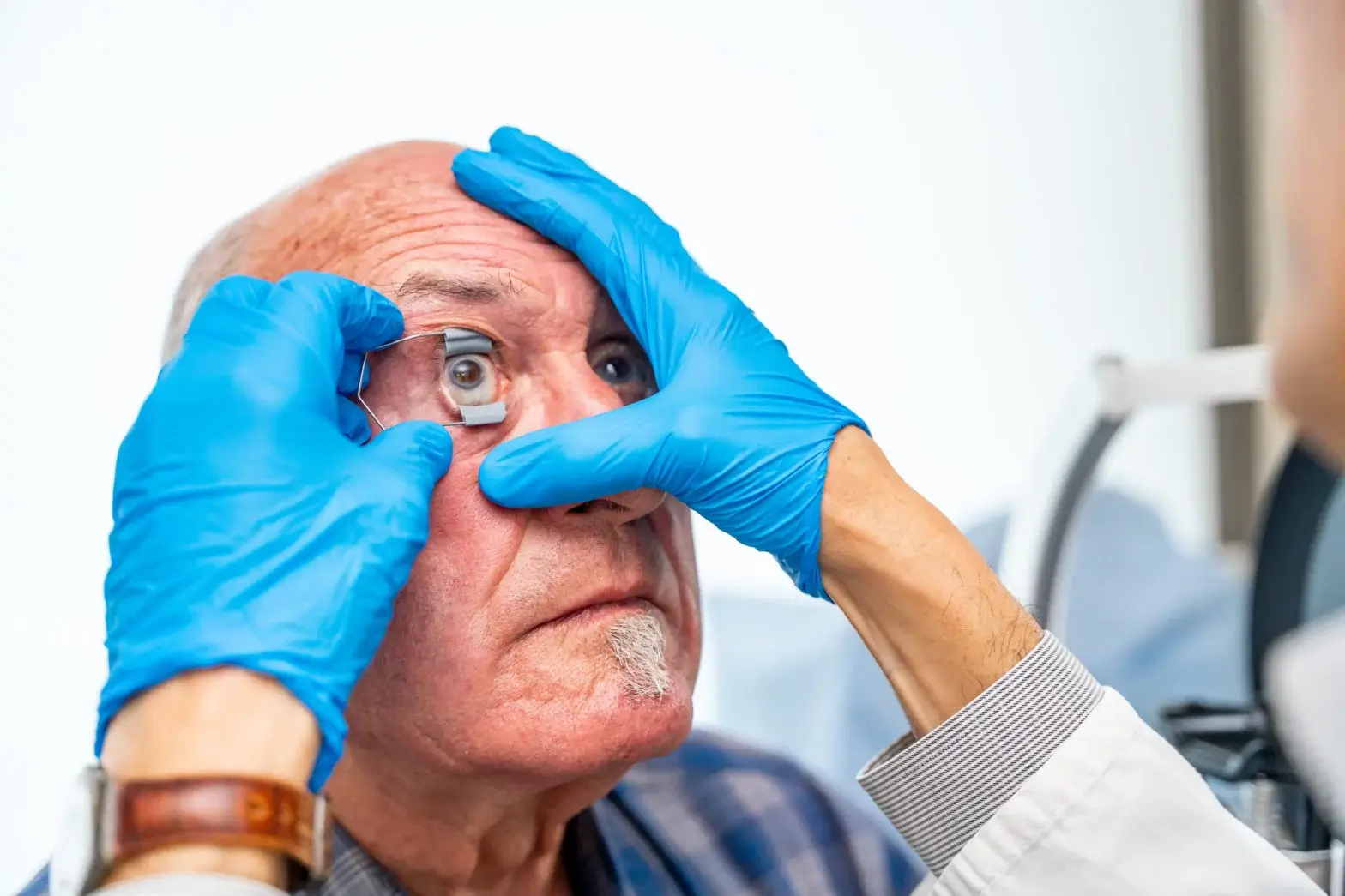Glaucoma is a very misunderstood disease. Often, people don’t realize the severity, vision lost cannot be regained.
Glaucoma is a leading cause of blindness in India
- Glaucoma can cause blindness if it is left untreated.
- Glaucoma is the third leading cause of blindness in India. 12 million people are affected accounting for 12.8% of the countries blindness.
- Population based studies report a prevalence between 2 to 13 %.
- Unfortunately approximately 10% of people with glaucoma who receive proper treatment still experience loss of vision.
There is no permanent cure (yet) for glaucoma
Glaucoma is not curable, and vision lost cannot be regained. With medication and/or surgery, it is possible to halt further loss of vision. Since glaucoma is a chronic condition, it must be monitored for life. Early diagnosis is the first step to preserving your vision.
Everyone is at risk for glaucoma
Everyone is at risk for glaucoma from babies to senior citizens. Older people are at a higher risk for glaucoma but babies can be born with glaucoma. Young adults can get glaucoma, too. Estimates put the total number of suspected cases of glaucoma at over 60 million worldwide.
Who are “at risk”
- To facilitate early detection and help preserve vision in glaucoma individuals at risk –
Age over 40 years of age. - Glaucoma in the family
- Those with diabetes/ thyroid disease / hypertension
- Have received steroid containing preparations: tablets/ drops/ ointments/ puffs/ injections
- See rainbow coloured rings around bright light
- Have a rapid change of glasses
- Take medication for sleep/ anxiety / depression / asthma/ parkinsonism
- Have had an injury to the face /eye
- High myopia
There may be no symptoms to warn you
With open-angle glaucoma, the most common form, there are virtually no symptoms. Usually, no pain is associated with increased eye pressure. Vision loss begins with peripheral or side vision.
The best way to protect your sight from glaucoma is to get tested. If you have glaucoma, treatment can begin immediately. Severe signs of angle closure glaucoma include longer-lasting episodes of blurred vision or pain in or around the eye.
You may also see colored halos around lights, have red eyes, or feel sick to your stomach and vomit.
How often should someone be checked (screened) for glaucoma?
Routine screening eye examinations are mandatory since glaucoma usually causes no symptoms (asymptomatic) in its early stages. Once damage to the optic nerve has occurred, it cannot be reversed.
Thus, in order to preserve vision, glaucoma must be diagnosed early and followed regularly. Patients with glaucoma need to be aware that it is a lifelong disease.
Compliance with scheduled visits to the eye doctor and with prescribed medication regimens offers the best chance for maintaining vision.









